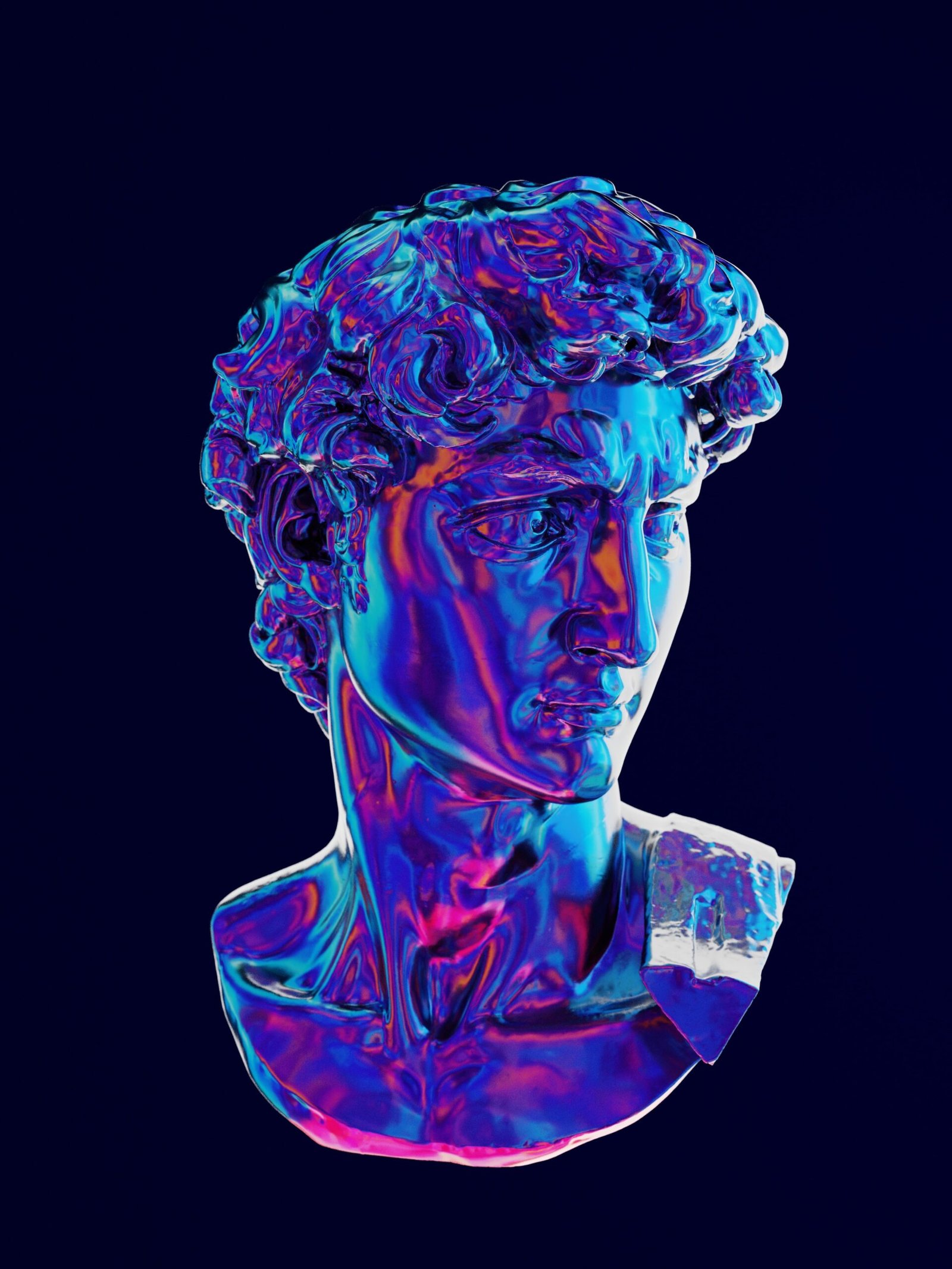Art has always been a reflection of the times we live in. From the classical masterpieces of the Renaissance to the abstract expressionism of the 20th century, artists have continuously evolved their techniques and mediums to capture the essence of their era. In today’s digital age, technology has become a powerful tool for artists, giving rise to a new wave of aesthetics that push the boundaries of traditional art forms.
The Rise of Digital Art
Digital art is a broad term that encompasses various forms of artistic expression created using digital technology. It includes digital painting, 3D modeling, virtual reality, and interactive installations, among others. With the advent of powerful computers and sophisticated software, artists now have a whole new world of possibilities at their fingertips.
One of the most significant advantages of digital art is its accessibility. Unlike traditional art forms that require expensive materials and specialized skills, digital art can be created using a computer and software. This democratization of art has allowed more people to explore their creative side and express themselves through digital mediums.
Exploring New Aesthetics
Technology has not only made art more accessible but has also opened up new avenues for artistic expression. Artists are now able to experiment with different styles, techniques, and effects that were previously unimaginable. The digital realm offers endless possibilities for manipulating colors, textures, and forms, allowing artists to create immersive and visually stunning works.
One of the key characteristics of digital art is its ability to blend different mediums seamlessly. Artists can combine elements from photography, painting, and sculpture to create unique and hybrid forms of art. This fusion of traditional and digital techniques has given rise to a new aesthetic that challenges the boundaries of what is considered “traditional” art.
Pushing the Boundaries of Creativity
Technology has also enabled artists to push the boundaries of their creativity. With the help of digital tools, artists can experiment with new ways of storytelling and engage their audience in interactive and immersive experiences. Virtual reality, for example, allows viewers to step into the artist’s world and become active participants in the artwork.
Furthermore, digital art has opened up new opportunities for collaboration and community-building. Artists can now connect with like-minded individuals from around the world, share their work, and receive instant feedback. This sense of community not only fosters creativity but also encourages artists to push their limits and explore new artistic territories.
The Future of Digital Art
As technology continues to advance, the future of digital art looks promising. Artificial intelligence, for instance, has already started to play a role in the creation of art. Artists are using AI algorithms to generate new ideas, create unique compositions, and even mimic the styles of famous artists.
Virtual reality and augmented reality are also expected to play a significant role in the future of digital art. These technologies have the potential to create immersive and interactive experiences that blur the line between the physical and digital worlds.
However, despite the rise of digital art, traditional art forms will always have their place. The tactile nature of painting, the physicality of sculpture, and the intimacy of drawing will continue to captivate audiences. The beauty of art lies in its ability to evolve and adapt, and the digital art explosion is just another chapter in the ever-evolving story of human creativity.
In conclusion, technology has revolutionized the art world, giving birth to a new wave of aesthetics and artistic expression. Digital art has not only made art more accessible but has also pushed the boundaries of creativity. As technology continues to advance, the future of digital art looks promising, with AI and VR playing a significant role. However, traditional art forms will always have their place, and the beauty of art lies in its ability to adapt and evolve.



































